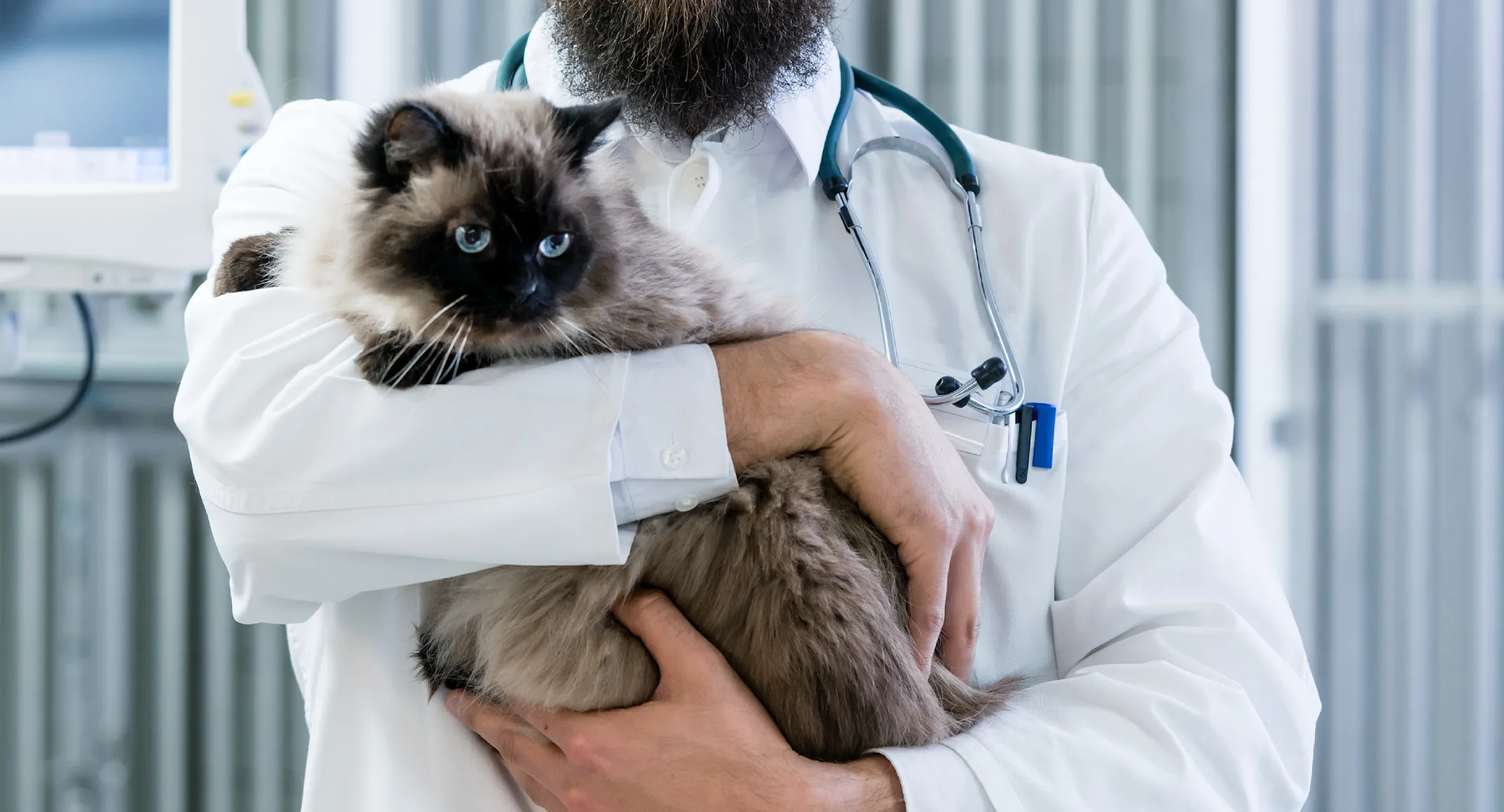5 Benefits of Minimally Invasive Surgery for Your Pet
Health Tips

At MissonVet, we take many measures to minimize surgery-related stress and discomfort, including using minimally invasive surgery (MIS) techniques when possible. MIS takes advantage of cutting-edge technology to make surgery easier on your pet, while causing fewer side effects. Although we cannot use MIS for every procedure, we always use these techniques if our surgeons believe they will provide the best outcomes. If MIS is used for your pet’s procedure, the following five benefits may improve their surgical experience. #1: Smaller surgical incisions for your pet MIS allows our surgeons to access your pet’s internal body cavities and organs without making large surgical incisions. For example, a surgeon who performs traditional abdominal surgery needs an incision large enough to adequately see the surgical field, fit their hands into the body cavity, and manipulate the necessary structures. Instead of relying on a surgeon’s hands, MIS uses tiny cameras and surgical instruments inserted through small incisions to locate organs, cut tissue, and ligate vessels. This technology allows us to replace a surgical incision as long as 12 inches with a few incisions only millimeters in length. While the entire surgical area must be shaved to provide a sterile field, fewer sutures will be needed to close the tiny incisions. #2: Less blood loss for your pet Excessive blood loss increases the chance of surgical complications, such as hypotension and hypothermia, which our surgeons avoid whenever possible. They use precise techniques, such as strategically planning an incision’s location and ligating or cauterizing small blood vessels, to minimize blood loss during surgery. Some blood loss is inevitable when a large surgical incision is necessary, but reducing your pet’s incision makes avoiding major blood vessels and preventing blood loss much easier. #3: Less pain for your pet Some surgery-related discomfort is unavoidable, but MIS takes advantage of technology to keep your pet comfortable. Smaller incisions also translate to less overall pain during and after your pet’s surgical procedure. When a large incision is necessary to access a body cavity, skin, muscles, and nerves are cut, which inevitably causes pain. Although your pet is anesthetized and does not feel discomfort during the actual procedure, their body can react to the stimulus, and they may need additional medication to keep them adequately anesthetized. Pain medications are also used to keep your pet comfortable during their recovery. The incisions made during MIS cause significantly less pain for your pet, which means they will be more comfortable during and after the procedure. For example, MIS allows surgeons to access the thoracic cavity through a small incision between the ribs, rather than cutting through the sternum, which is painful and requires significant healing time. When MIS is used, less pain medication is often needed, and pets can return more quickly to normal activities, such as eating and interacting with family. Also, your pet’s incision can be closed with fewer sutures, which may not cause pain, but can be itchy and uncomfortable, and the fewer the better. #4: Shorter hospital stay for your pet Although our team takes excellent care of your pet in our hospital, we know you want them home with you as soon as possible. Since they have no long incisions to close with sutures, surgical times are often reduced. Less time under anesthesia means your pet will likely wake up, and be ready to go home, faster. For pets who are hospitalized after their surgery, less pain, bleeding, and postoperative swelling can all contribute to a shorter stay. #5: Shorter recovery period for your pet For all the reasons mentioned above—a smaller incision, less blood loss and pain, and fewer pain medications—MIS can get your pet back on their feet faster, with fewer complications. Pets who undergo MIS heal more quickly and feel better faster than pets who have traditional surgery. In fact, we often need to remind clients that their pet may appear to have healed, and seem to feel great, but their internal surgical sites are still fragile. Pets who enjoy a shorter recovery period may also require fewer recheck and follow-up appointments. If your pet requires surgery, our surgeons will review their case and decide whether MIS or traditional surgical techniques will provide the best outcome. Contact us to find out whether MIS is the best option for your pet.

